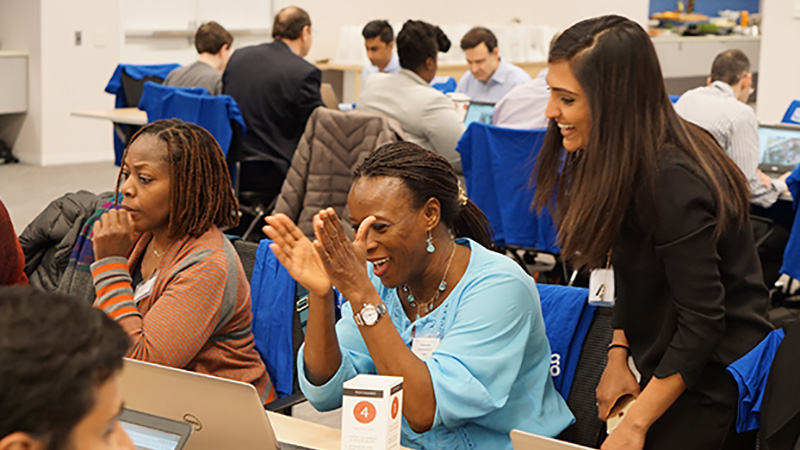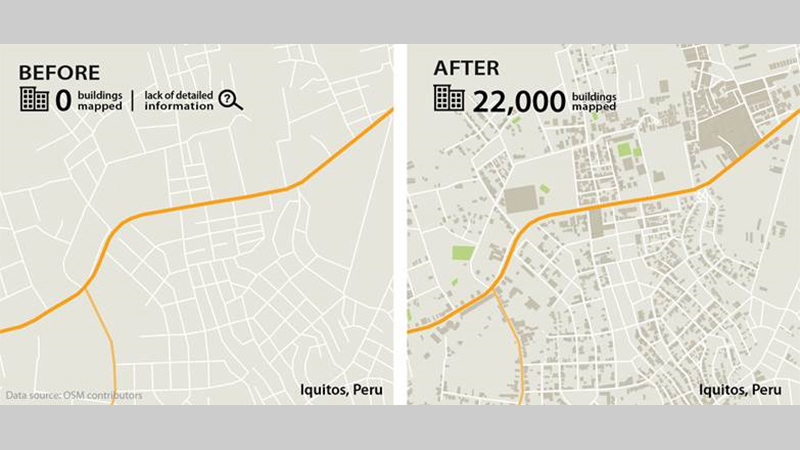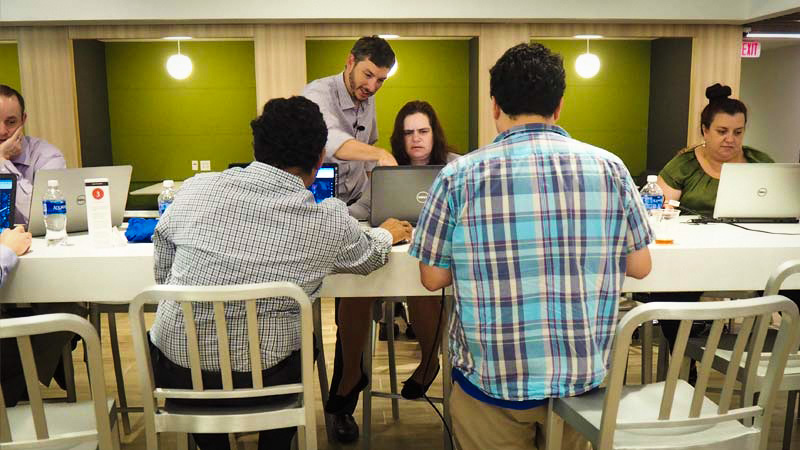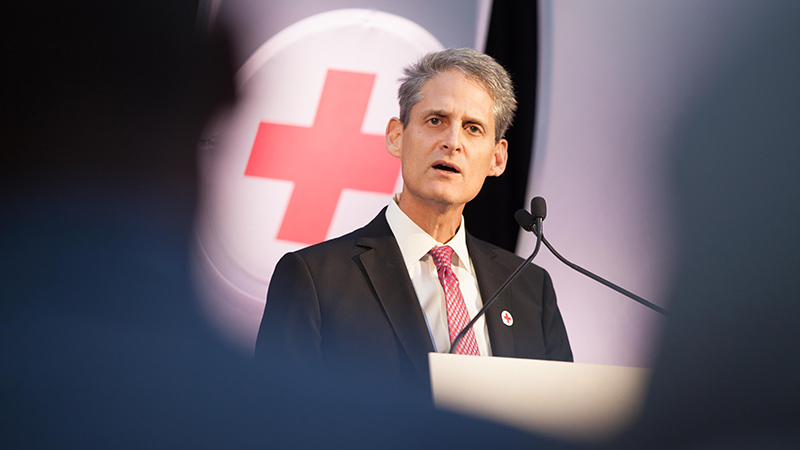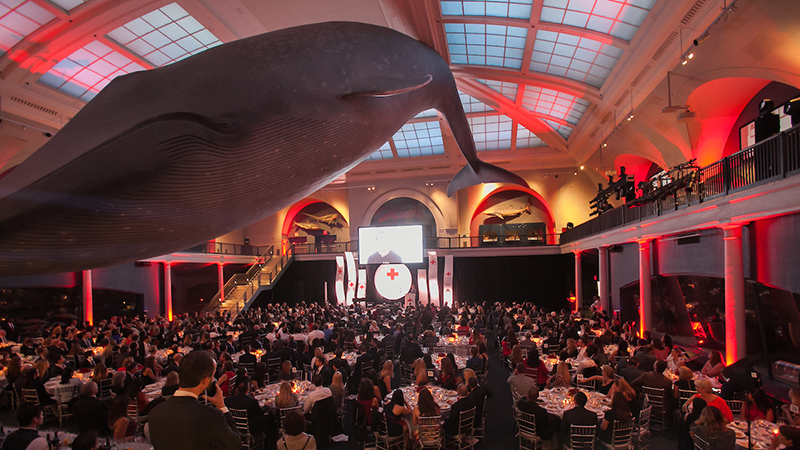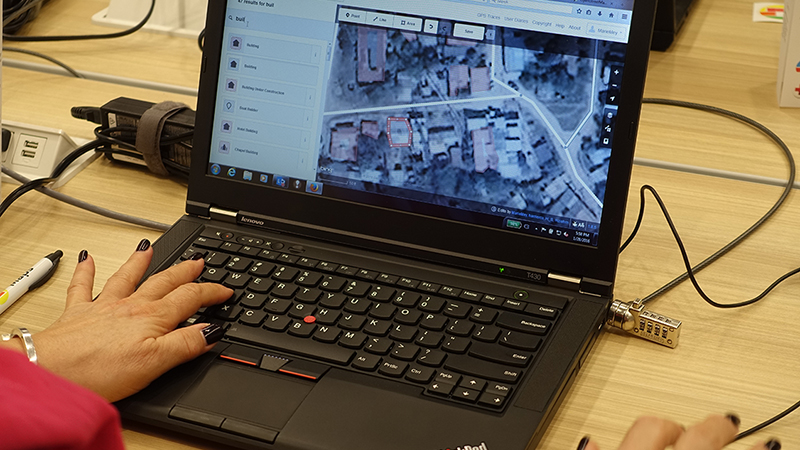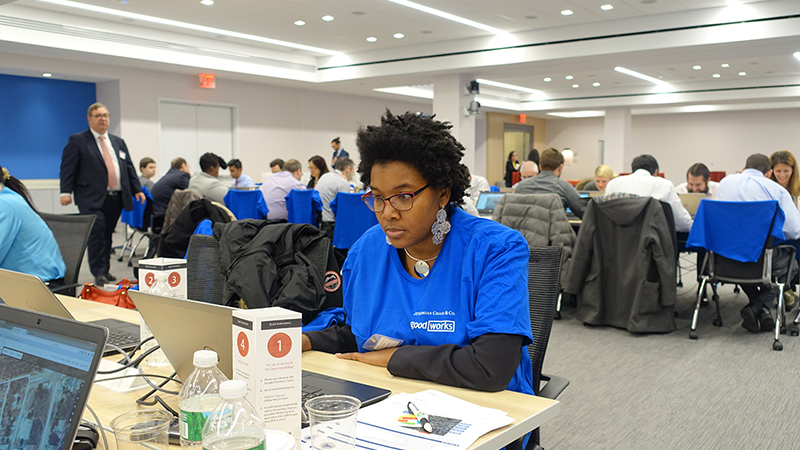Beyond Disaster Relief
The work done by digital volunteers has already helped the Red Cross map the homes of 8 million people and respond to such disasters as the Philippines’ Typhoon Haiyan of 2013 and the Nepal earthquake of 2015 by providing responders with detailed information so they could respond quickly and efficiently.
Going beyond disaster relief, the maps created by the Missing Maps program will ultimately serve as a resource that drives urban planning and economic growth in these developing countries.
So far, our employees have already held 62 mapathon sessions in Delaware, Columbus, Phoenix, Washington D.C., New York, Glasgow, Bournemouth, Cebu and Manila to help put vulnerable communities on the map in Indonesia, Philippines, South Africa, Vietnam, Colombia, and Peru. Future mapathons will be held at many of our sites across the globe. In addition to volunteer hours by employees, we have donated nearly $5.9 million to the American Red Cross since 2013.
Missing Maps Impact:
- 2,980 JPMC volunteers
- 156,850 buildings mapped
- 4,900 volunteer hours
- 16 JPMC offices have hosted a Missing Map-A-Thon
- 62 Map-A-Thons sessions have taken place
To learn more and get involved with the Missing Maps, visit www.MissingMaps.org.




